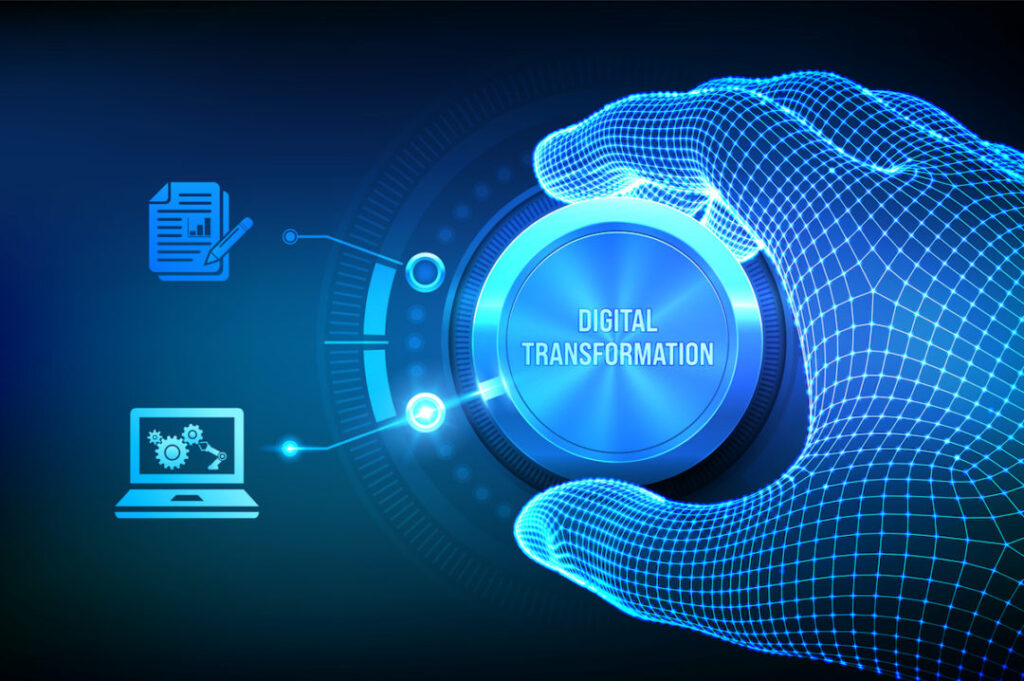As enterprises navigate the digital age, the IT landscape continues to evolve at a rapid pace. Digital strategy is no longer a static plan but a dynamic approach to adapting to emerging technologies and business demands. In 2025, digital transformation will hinge on several critical trends that redefine how businesses operate and innovate.
This blog delves into the key trends shaping the future of enterprise IT, providing actionable insights for organizations striving to stay ahead of the curve.
1. AI Integration: Driving Business Intelligence
Artificial Intelligence (AI) has moved beyond experimental projects to become a cornerstone of enterprise IT. AI-powered tools and systems are streamlining operations, enhancing customer experiences, and providing actionable insights for decision-makers.
Key Developments:
Generative AI: Transforming content creation, marketing strategies, and customer interactions.
AI-Driven Analytics: Offering predictive insights to optimize supply chains and resource allocation.
Automation at Scale: Improving efficiency across IT operations, reducing costs, and minimizing errors.
Pro Tip: Invest in AI platforms that align with your business goals and ensure robust data governance to mitigate risks.
2. Cloud-Native Architectures: Enabling Agility and Scalability
Cloud-native technologies are reshaping how enterprises design and deploy applications. By leveraging microservices, containerization, and serverless computing, businesses are achieving unprecedented levels of scalability and flexibility.
Why It Matters:
Faster Time-to-Market: Agile development processes accelerate innovation.
Cost Efficiency: Pay-as-you-go models reduce upfront investments.
Resilience: Improved disaster recovery and business continuity.
Practical Advice: Transition legacy applications to cloud-native frameworks incrementally, starting with low-risk workloads to minimize disruption.
3. Data-Driven Decision-Making: The Competitive Advantage
Data is the lifeblood of modern enterprises. In 2025, the focus will be on harnessing data effectively to inform strategic decisions. Businesses that leverage advanced analytics will gain a competitive edge.
Emerging Trends:
Real-Time Analytics: Providing actionable insights in the moment.
Data Democratization: Empowering employees with access to analytics tools.
Privacy-Centric Innovations: Balancing data utility with compliance and trust.
Pro Tip: Develop a centralized data strategy that integrates governance, quality management, and advanced analytics.
4. Cybersecurity: A Strategic Imperative
As digital transformation accelerates, so do the associated risks. Enterprises must adopt a proactive approach to cybersecurity to protect their assets and reputation.
Strategic Focus Areas:
Zero Trust Architecture: Ensuring secure access to applications and data.
AI-Enhanced Threat Detection: Identifying and mitigating risks faster.
Employee Training: Cultivating a security-conscious culture.
Actionable Insight: Regularly update incident response plans and conduct simulations to test preparedness.
5. The Human Factor: Empowering Digital Workforce
While technology drives transformation, people remain at the heart of every digital strategy. Organizations must prioritize upskilling and fostering a culture of innovation.
Key Initiatives:
Continuous Learning Programs: Keeping employees up-to-date with emerging technologies.
Collaboration Tools: Enabling seamless remote and hybrid work environments.
Employee Well-Being: Ensuring sustainable productivity.
Practical Advice: Invest in employee-centric platforms that enhance collaboration and reduce burnout.
Conclusion
Digital strategy in 2025 is about embracing change and positioning your organization to thrive in a rapidly evolving landscape. By focusing on AI integration, cloud-native architectures, data-driven decisions, and a secure, empowered workforce, businesses can create a resilient foundation for future growth.
Stay ahead of the curve by aligning your enterprise IT strategy with these transformative trends and unlock new opportunities in the digital era.
Share this:
- Click to share on Facebook (Opens in new window) Facebook
- Click to share on X (Opens in new window) X
- Click to share on LinkedIn (Opens in new window) LinkedIn
- Click to share on Reddit (Opens in new window) Reddit
- Click to share on Pinterest (Opens in new window) Pinterest
- Click to share on Pocket (Opens in new window) Pocket
- Click to share on WhatsApp (Opens in new window) WhatsApp
- Click to email a link to a friend (Opens in new window) Email


